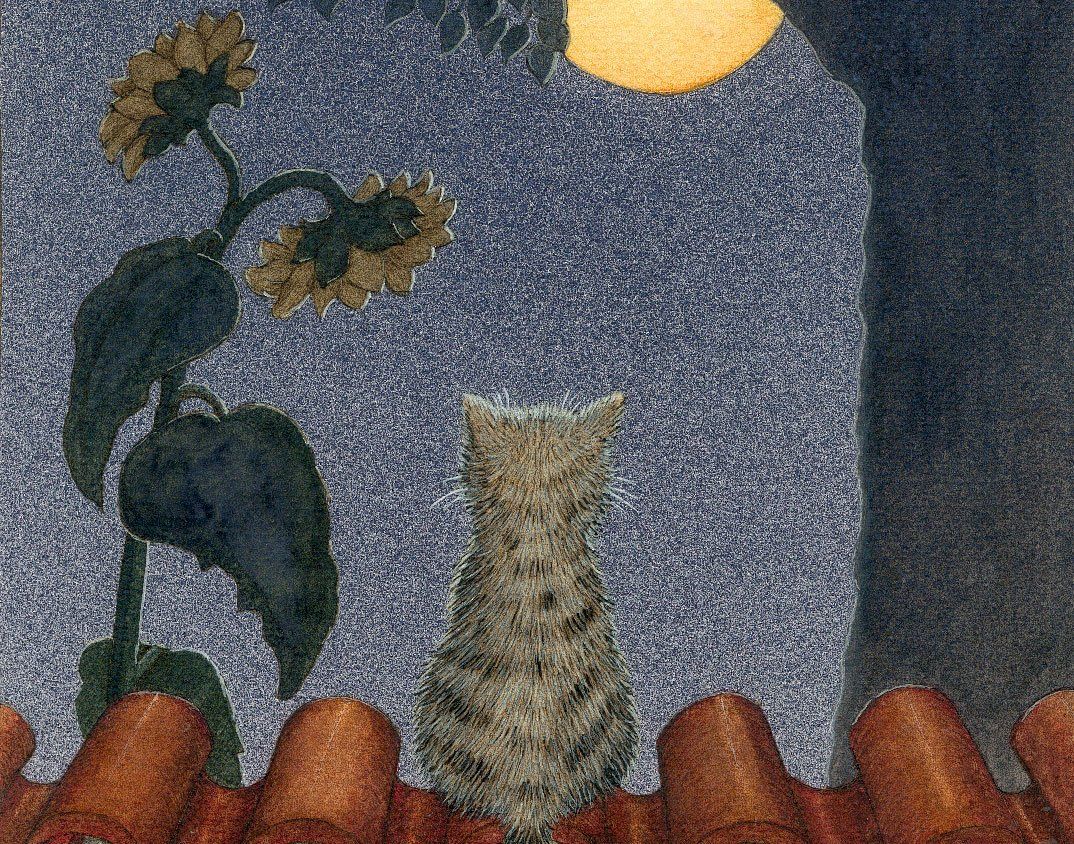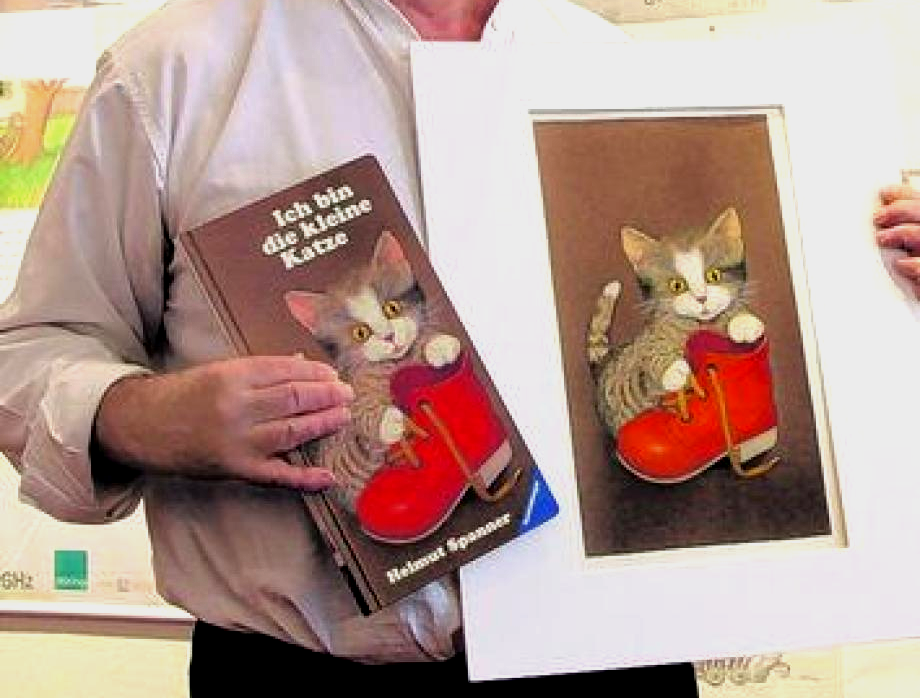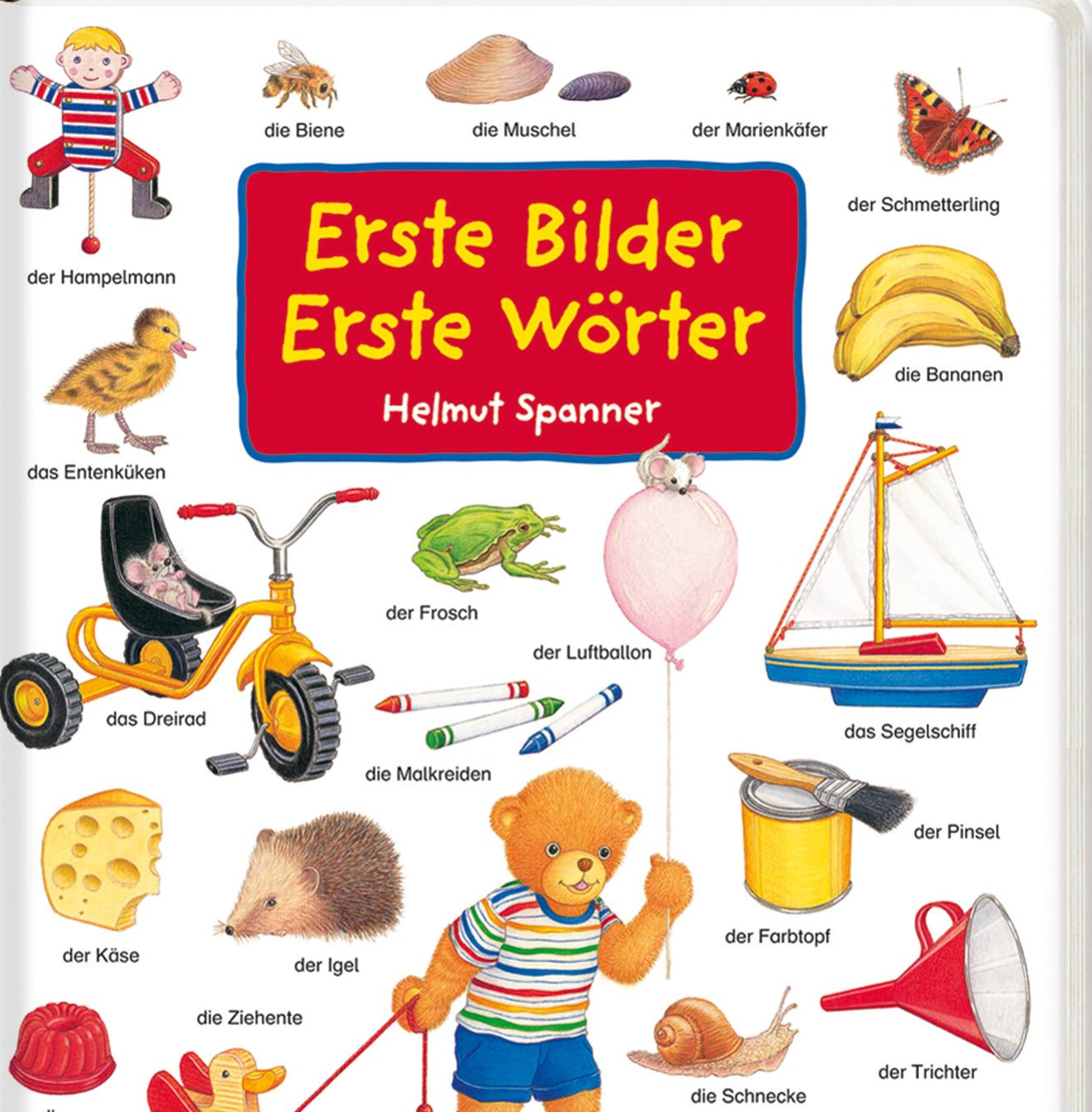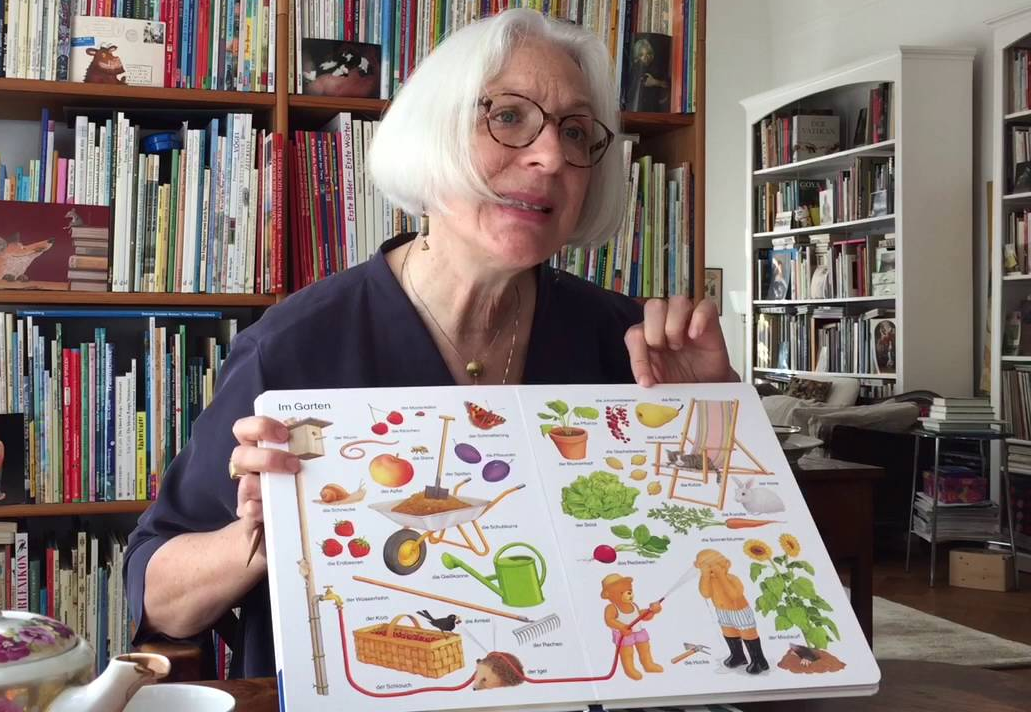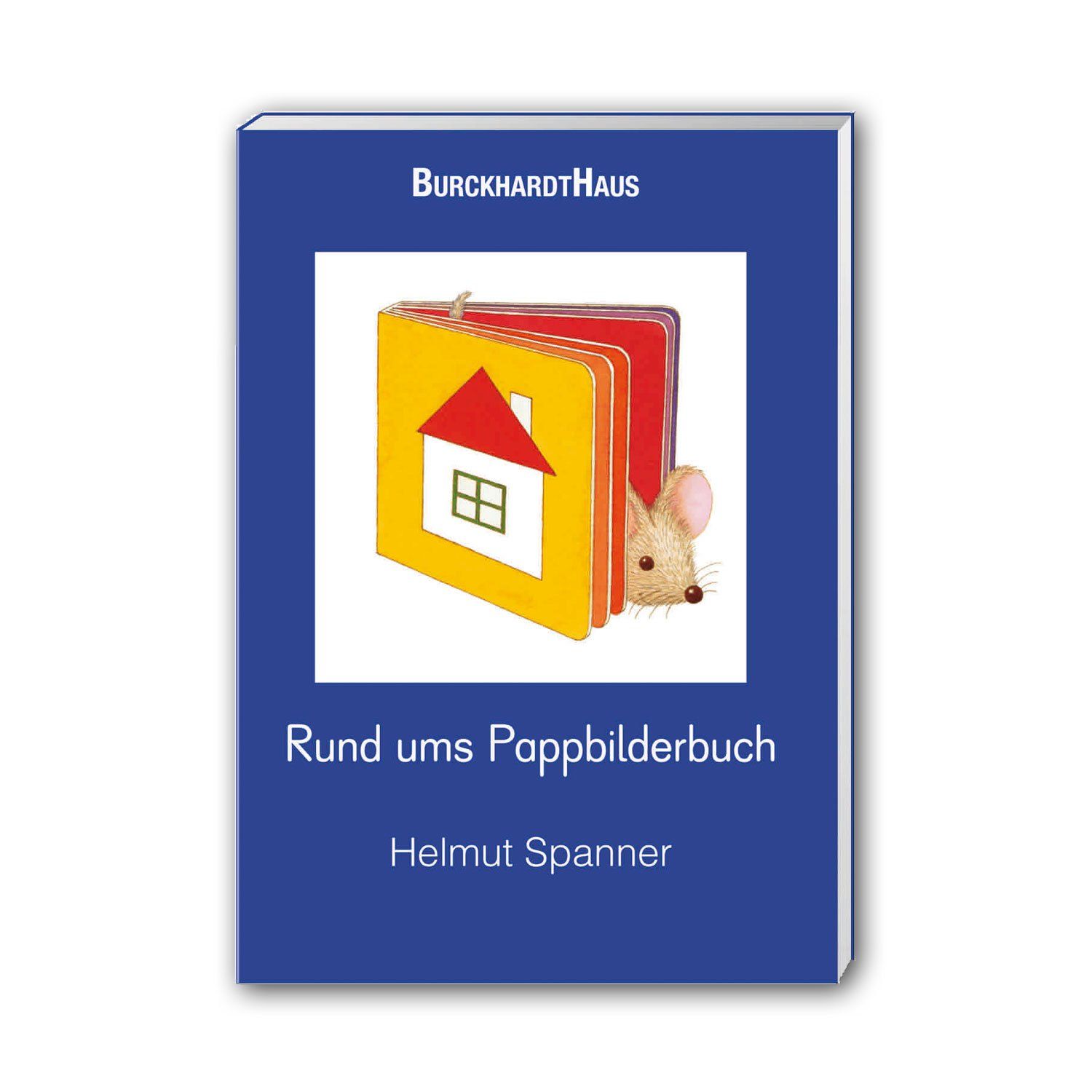Picture books
by Helmut Spanner are available in
15
countries
12
different languages
Hello and good day!
Helmut Spanner is a German author of children's books and picture books as well as a composer and a musician.
He is best known for his picture book classics "I'm the little cat" and "First pictures, first words".
The total circulation of his books is more than 12 million copies.
See all books!
He is best known for his picture book classics "I'm the little cat" and "First pictures, first words".
The total circulation of his books is more than 12 million copies.
Picture book author
Helmut Spanner studied at the Academy of Fine Arts in Munich and began his career as a picture book author especially for young children. He has decisively shaped the “cardboard picture book” genre.
See also:
See also:
Psychological-artistic
approach
Childlike perception
As mentioned in his curriculum vitae, Helmut Spanner wrote his thesis on the subject of "cardboard picture books" in 1977. This was always the basis of his work and the lectures he gave at universities or at seminars. It was published by Burckhardthaus in 2018.
And this is what the "Union for Education and Science" thinks about this book:
"All about the cardboard picture book" is a must, a basic work for all early childhood pedagogical work and education, for editors in the publishing houses, in the book and librarian training. It should definitely be in every library, in every bookshop and in every kindergarten!
Helmut Spanner - All about the cardboard picture book
Burckhardthaus, Munich 2018
ISBN: 978-3963046001
Features: 64 pages, paperback
Price: € 14.95
Burckhardthaus, Munich 2018
ISBN: 978-3963046001
Features: 64 pages, paperback
Price: € 14.95
Some aspects on the subject


